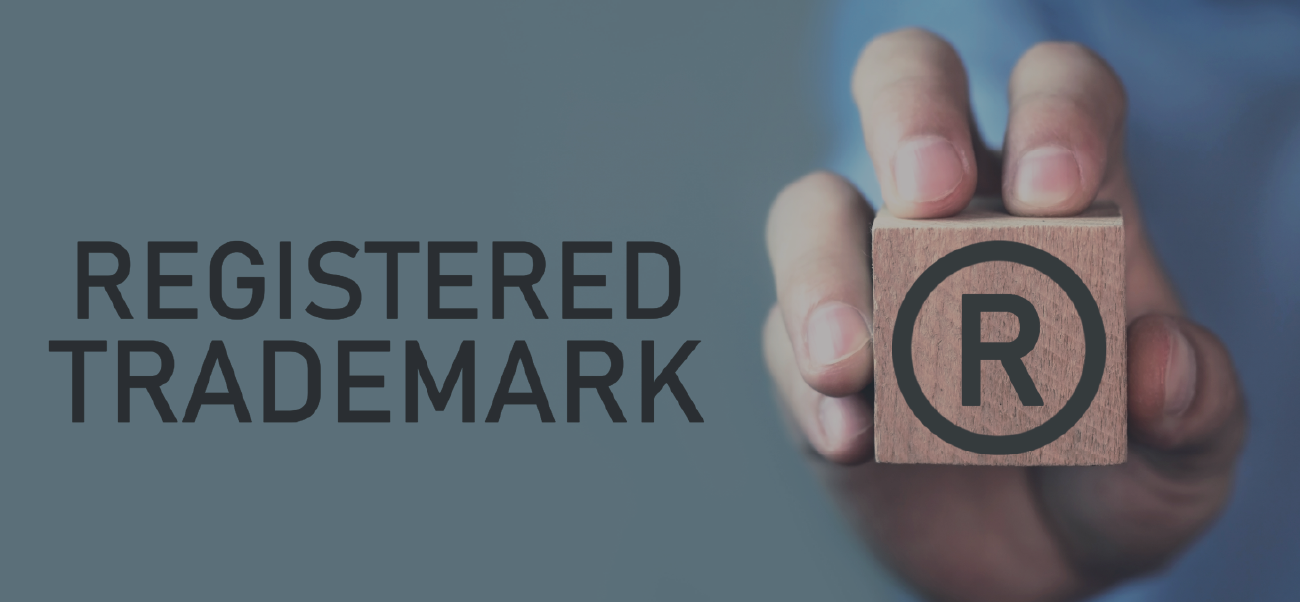
Trademarks are essential tools for businesses to protect their brand identity and distinguish their products or services from competitors. Across the globe, trademarks come in various forms, catering to diverse branding strategies and legal frameworks. Here’s a look at the different kinds of trademarks that can be registered worldwide.
Word marks are trademarks that consist solely of words, letters, or numerals. They represent the textual element of a brand and can be registered in any standard font or style.
Figurative marks consist of graphical designs, symbols, or logos. They are purely visual and do not include textual elements unless combined with them.
Combined marks merge textual and visual elements, such as a logo paired with a brand name. This combination offers protection for both elements when used together.
Shape marks protect the three-dimensional shape of a product or its packaging, provided the shape is distinctive and not merely functional.
Sound marks protect distinctive sounds associated with a brand. These are often used in jingles, chimes, or other auditory identifiers.
Scent marks protect unique smells used as identifiers for products or brands. These are rare due to the difficulty of proving distinctiveness and the lack of universally accepted methods for scent representation.
Motion marks protect animations or moving images that are unique to a brand. These are gaining popularity in the digital age where dynamic branding elements are frequently used.
Hologram marks consist of three-dimensional images that change depending on the viewing angle. These marks are often used in security features or innovative branding.
Position marks protect the specific placement of a trademark element on a product. This could include a logo consistently placed on a particular part of a product.
Pattern marks protect recurring designs or patterns that uniquely identify a brand. These are often used in textiles, packaging, or product surfaces.
Certification marks indicate that a product or service meets specific standards or quality benchmarks. They are granted to certify the characteristics of goods or services, such as their origin, material, or method of production.
Collective marks are used by members of an association to indicate membership or adherence to specific standards set by the group.
Conclusion
Trademarks are more than just legal protections; they are vital assets for businesses to establish identity, build trust, and connect with consumers.
As businesses expand globally, understanding these diverse forms of trademarks is essential to leveraging intellectual property laws effectively and fostering long-term brand growth.
Disclaimer:
The content provided in this publication reflects the authors’ interpretation and understanding of applicable laws and recent developments. This publication does not constitute legal advice, opinion, or analysis and is intended solely to share insights on relevant legal developments. VH Legal disclaims any liability for actions taken based on this publication. As laws evolve frequently in India and internationally, readers are encouraged to verify the latest updates independently.
© 2024 VH Legal All Rights Reserved. Designed, Developed and Maintained By Aadyaa Communications
© 2024 VH Legal All Rights Reserved. Designed, Developed and Maintained By Aadyaa Communications